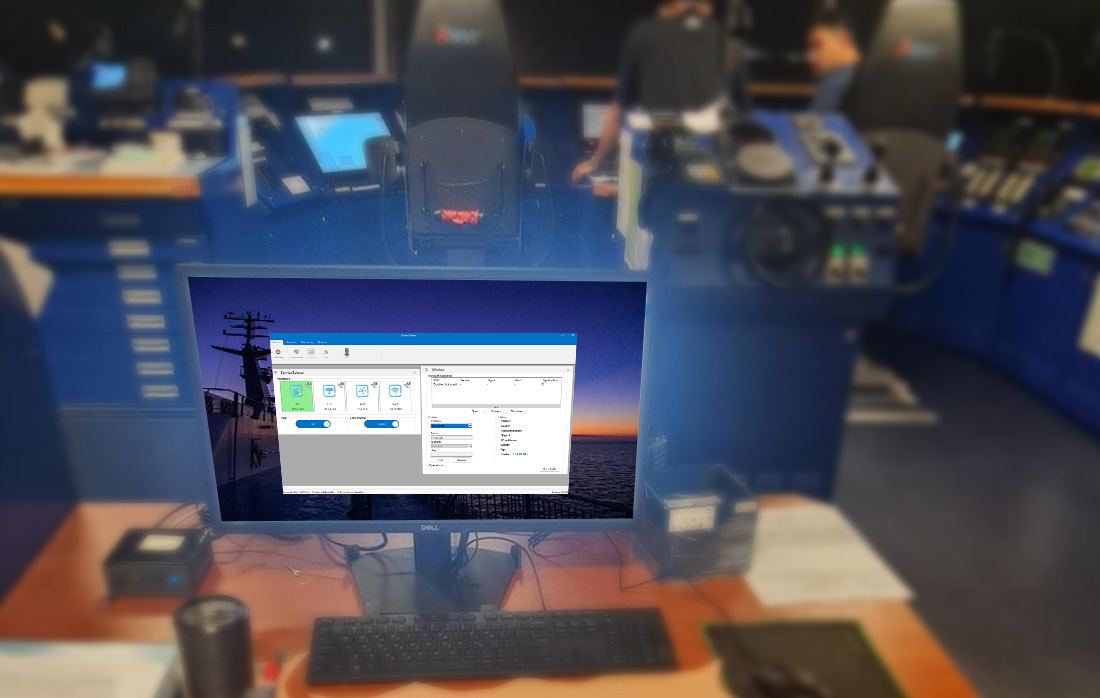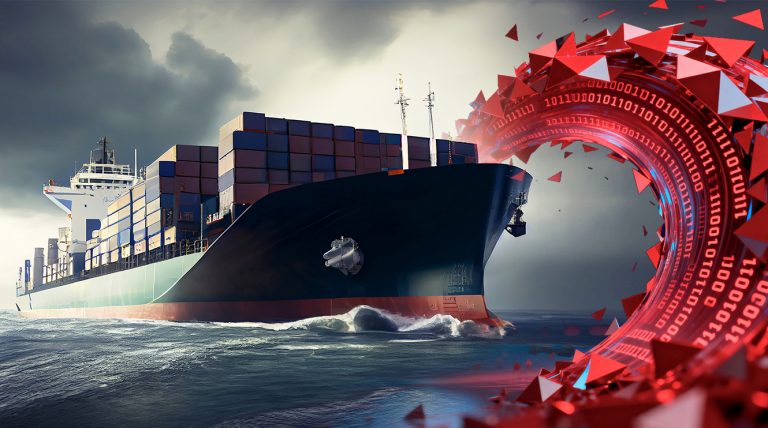By Thanos Koutoulas, Senior Full Stack Developer
In this blog post, we’ll take an in-depth look at the innovative design and development of our Control Center, a powerful desktop application that empowers non-technical staff members on vessels to seamlessly manage critical operations on our routers. Picture a scenario where a ship’s captain can effortlessly override failover mechanisms, designate a specific interface as the primary internet gateway, connect to Wi-Fi networks, issue new cards for the vessel’s hotspot, and much more. The Control Center is not just a desktop application; it’s the bridge that connects simplicity and control in the maritime world.
Let’s dive into the core problem that many of our clients confronted before the advent of our Control Center. While our failover mechanism excelled at selecting the best interface as the primary internet gateway based on conventional networking metrics, it was limited in its ability to consider crucial parameters beyond this scope. This limitation often led to suboptimal decisions in scenarios where these factors played a critical role.
Consider these real-life situations: a vessel equipped with two 5G mobile data interfaces from different providers, both boasting identical networking statistics (ping, jitter, packet loss, etc.), but with a significant pricing difference. In this case, the failover mechanism couldn’t factor in the cost-saving potential, resulting in clients overpaying for connectivity.
Another common scenario involved yachts docking at marinas with high-speed internet available through their Wi-Fi access points. While the failover system was blind to this opportunity, the onboard staff, especially captains and crew members, were well aware of the marina’s offerings. They often wished for the autonomy to override the failover system and take manual control when circumstances dictated it.
These issues weren’t just technical hiccups; they directly impacted the operational efficiency and cost-effectiveness of our clients’ maritime endeavors. It was clear that a new solution was needed, one that could bridge the gap between traditional network decision-making and real-world considerations.
The Control Center
To address the challenges our clients faced, the Control Center was born, a desktop application tailored for non-technical users. This undertaking required collaboration with my colleague, Kosmas, who played a pivotal role in extending the router’s features, forming a synergy of desktop application and router-side development.
The Control Center was designed to run on Windows PCs aboard vessels, where reliability and consistency were paramount. To achieve this, we chose the .NET Framework Winforms stack, the same technology that powers SessionShell, another one of our successful applications. This choice not only ensured a consistent experience but also allowed us to share code efficiently between our desktop applications.
Recognizing that the Control Center served a different user group with unique needs, we set our sights on enhancing the user interface and experience. To achieve this, I opted for the Syncfusion component suite, which offers an array of powerful and advanced components beyond the capabilities of the .NET Framework. This strategic choice allowed us to deliver a more intuitive and user-friendly interface.
The development process also involved learning from our previous work, SessionShell, and applying those lessons to better structure the code. Events were leveraged to synchronize data between various forms, providing a more fluid and interconnected user experience.
Security remained non-negotiable. Just as with SessionShell, we upheld the highest standards of data protection. The Control Center relies on battle-proven security certificates, ensuring that all communication remains confidential and secure.
Once the Control Center establishes a connection, it places the power of comprehensive network management in the hands of users. With just a few clicks, users can effortlessly explore all available network interfaces. It enables users to not only identify the current primary interface but also grants them the authority to override the failover mechanism, manually selecting an interface as their preferred internet gateway. This level of control ensures that real-world factors such as cost, quality, and connectivity can be considered, resulting in optimized network performance.
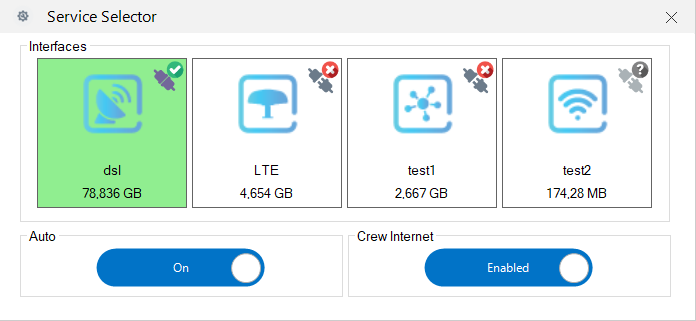
Moreover, the Control Center goes beyond mere interface management by offering a suite of tools for efficient Wi-Fi network administration. Users can initiate network scans to identify available Wi-Fi networks, then connect to or disconnect from them at their convenience. The application simplifies network access through the use of profiles, allowing users to store and manage passwords for various networks effortlessly. Keeping an eye on network performance is equally straightforward, with features that enable users to monitor signal strength, network traffic, and transmission rates of the connected Wi-Fi networks.
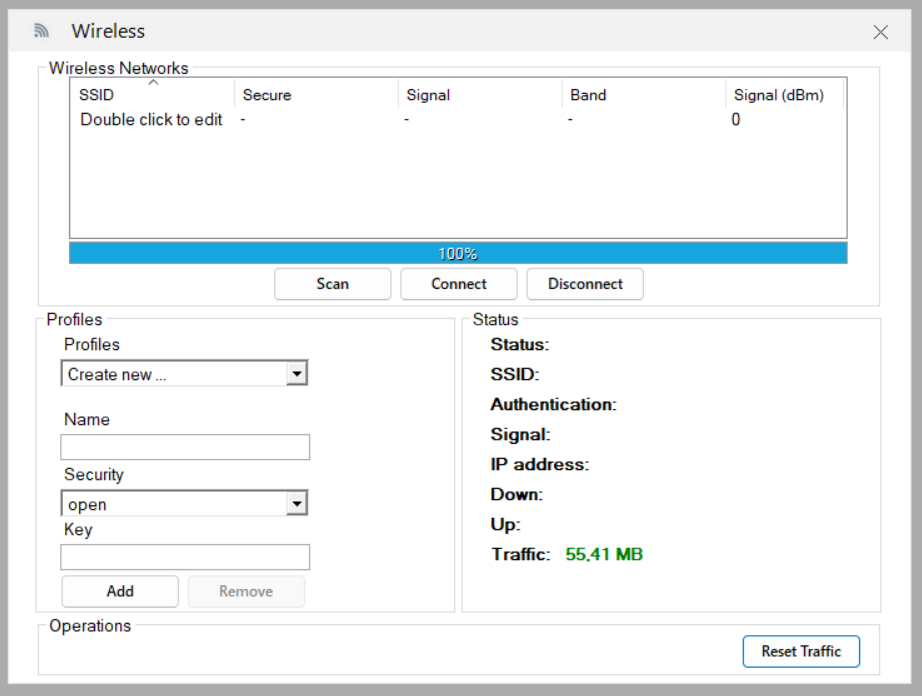
In addition to Wi-Fi network management, the Control Center provides robust capabilities for overseeing 4G and 5G mobile modules. Users can manage their mobile module’s provider, Access Point Name (APN), username, and password settings with ease. It doesn’t stop there; the application offers monitoring of mobile network traffic, signal strength, network operator information, and access technology. These insights equip users with the data they need to make informed decisions about their network connections, ensuring the best performance and cost-effectiveness in any situation.
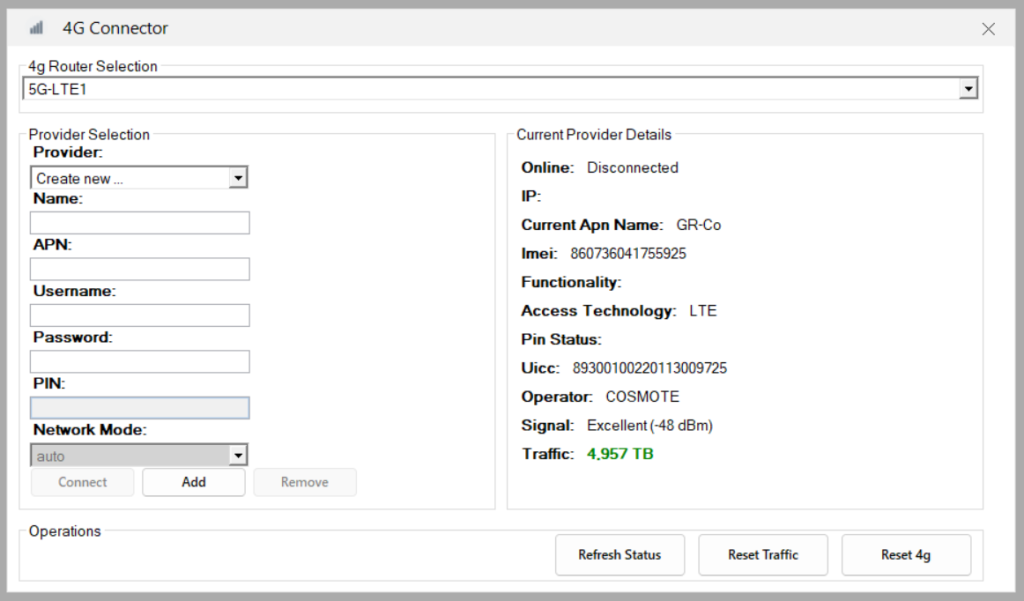
The Control Center is more than just an application; it’s the gateway to seamless maritime network management, bridging the gap between technical complexities and user-friendly control, all while prioritizing the highest standards of security.

